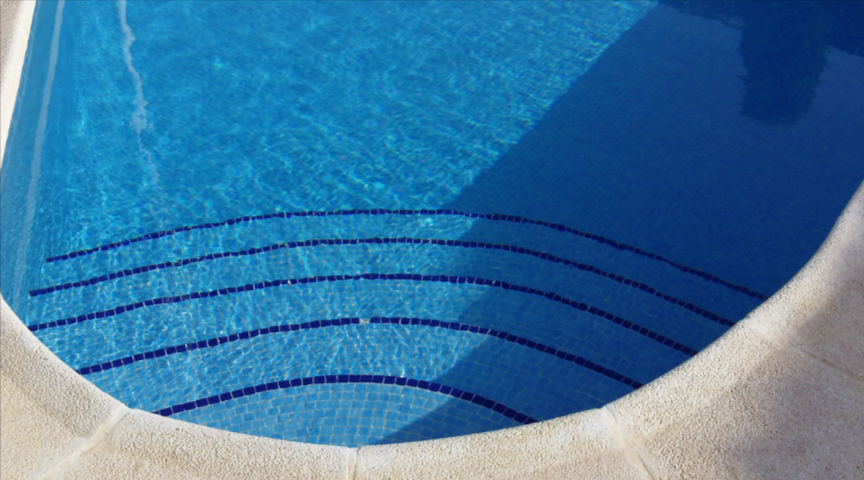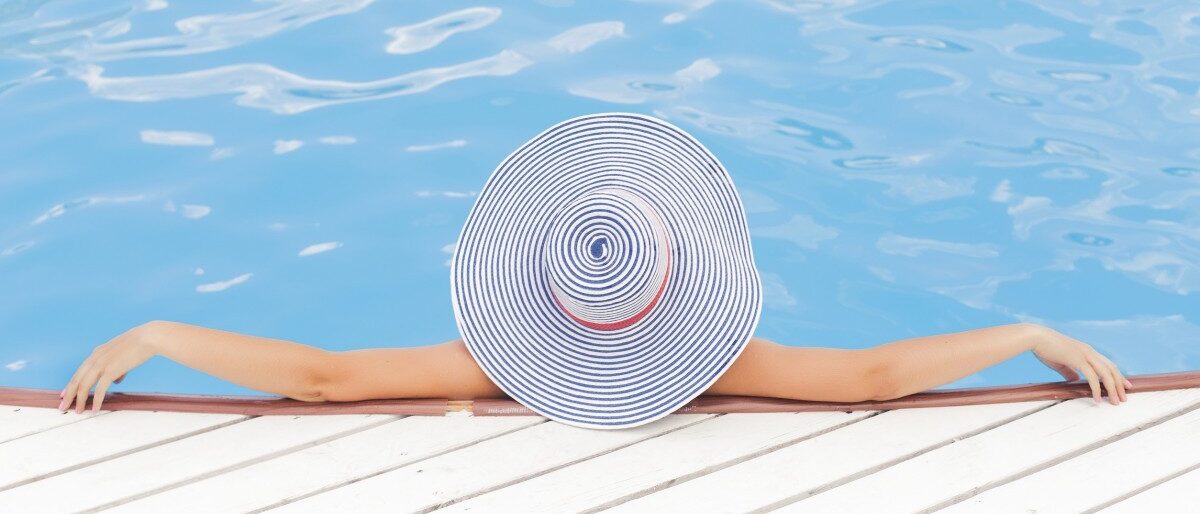Create a safe and enjoyable spa pool
A spa pool at home is a great way to have some fun with your friends and family, especially if you have children. But before you get started, there are some important tips you should keep in mind.
Cleaning the inside of the spa
Keeping your spa clean and healthy requires time and effort. However, maintaining a spa can be cheaper and less time-consuming than having to replace your entire pool.
There are a number of specialized chemicals available at your local pool store that can be used to clean your spa. There are also a few household products that can substitute for some of the commercial chemical cleaners.
The best way to clean your spa is to make it a routine. This means testing the water and checking the calcium hardness. In addition, your spa should be drained and refilled frequently.
Cleaning the inside of a spa pool at home isn’t as complex as you may think. It can be done with household items, such as a toothbrush, a bottle brush, and a textured sponge. It’s also a good idea to use a mild, non-abrasive cleaner to remove the grime and buildup.
The water in your spa contains bacteria that can cause skin allergies and upset stomachs. Regular maintenance by a pool expert is also important to prevent water-borne illnesses.

Non-slip flooring
Increasing the safety of a spa pool or hot tub area is easy with the right non-slip flooring. There are a number of factors that must be considered when choosing an anti-slip solution. You will want to choose the flooring that is easy to clean and will prevent a variety of hazards.
A pendulum test can be used to determine the amount of slipperiness offered by a floor. This test is a British Standard and is also recommended by the Health and Safety Executive. During this test, the flooring is placed on a platform that is inclined until the subject slips. The angle of inclination is then assigned a letter grade. Slip and fall accidents are the leading cause of unintentional injuries for children.
Draining system
Getting your pool or spa drained is a good idea to ensure the water remains clean and safe. There are two main ways to drain a pool or spa: using a submersible pump or a garden hose.
A submersible pump can drain the water in as little as ten minutes. It is important to make sure the pump is plugged into a GFCI-rated outlet. This minimizes the risk of electrocution.
An improved pool or spa drain system may be a simple, low-cost solution that can be built into the existing plumbing. This system reduces bacteria, suction entrapment, and other risks. It’s also inexpensive to install, so it may be worth the initial investment.
The aforementioned system is also likely to be more effective and less expensive to operate than the old-fashioned hose and spigot system. The system is comprised of many long, narrow channels that are deep enough to prevent entrapment.
The system also has the ability to control the direction of the water flow. This can help prevent ruts and erosion of the banks.
Keeping children and their friends safe
Keeping children and their friends safe when planning a spa pool at home involves many different factors. First, it is important to check the pool and ensure that it is clean. This will lower the risk of waterborne illnesses. Secondly, you need to make sure that there are proper barriers around the pool to prevent unsupervised access.
You need to ensure that the fence around your pool is at least four feet high and contains a self-closing gate. You should also ensure that there are no protrusions on the fence.
In addition, you should have a pool alarm. This alarm should sound different than a phone alarm. It should also detect waves in the pool.
It is also important to teach your kids basic water safety. They should never swim alone. You should insist on them using lifesaving equipment like floatation devices and bathing caps. It is also a good idea to sign them up for CPR classes. CPR can double the chances of surviving a drowning accident.
